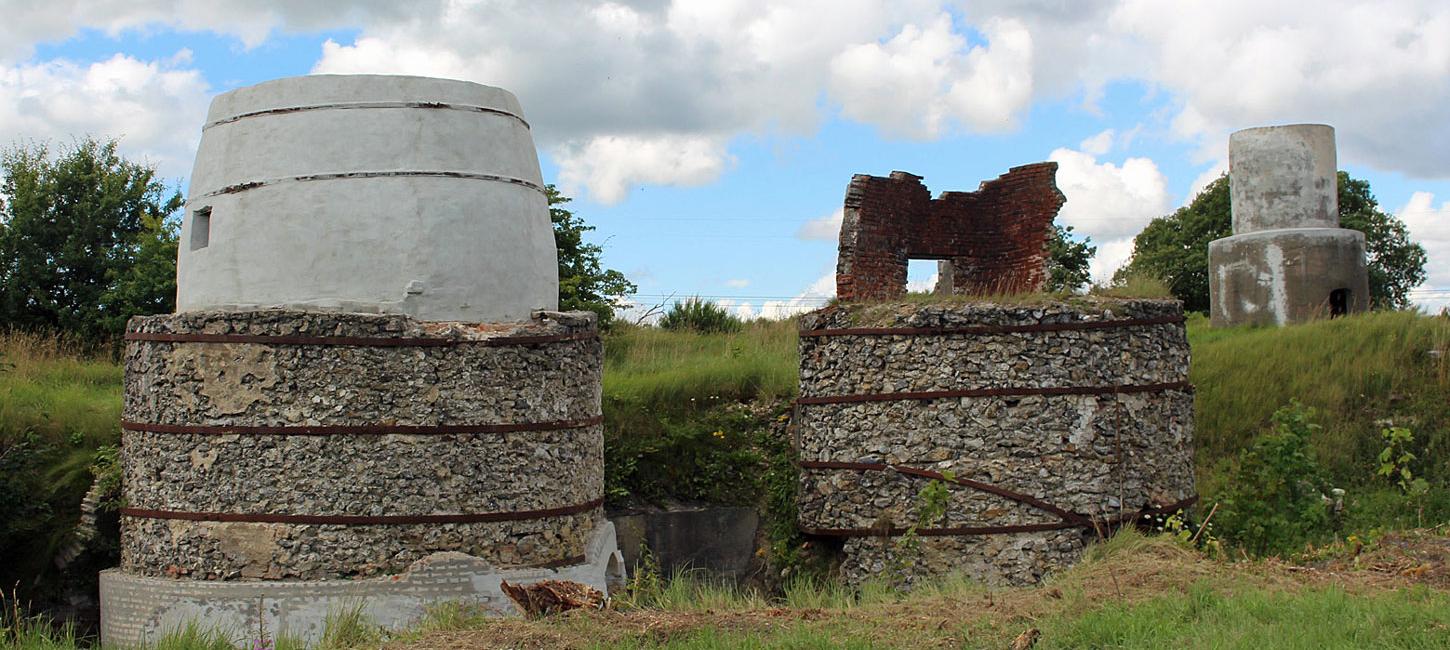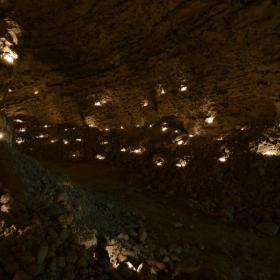
The Limestone Burner Stories
For centuries limestone has been an important material for construction but the occupation as a limestone burner was very dangerous.
In Medieval times – from around the 1100s – in connection with the construction af Europe's many new churches, monastries and castles that were build with stones in stead of wood – the production increased dramatically and almost every small town had its own limestone-works. You could burn and drain the lime and use it as mortar between the stones, which gave a better durability than earlier on. The many village churches from the Medieval period are prove that the method gave lasting results since they are still standing in the landscape.
Being a limestone burner was a dangerous profession. The heat from the kilns and the dust from the proces could result in blindnes and explosive fires. Often, there was a great deal of kulmonoxid (called CO) in connection with the burning. This is a toxic gas, that could cause dizziness and disorientation. The burning lime could quickly burn deeply into the skin.
The proces of burning in a typical lime kiln from the 1700s was to fill the kilns with layers of limestone and coal and then close the entrance with a brick wall. Then the burning started and it took five to six days. You could not leave during the burning proces - it required attention.
Through a small peephole, you could keep an eye on the burning process and an experienced burner could determine the phase of the burning merely by looking af the smoke.
In Geopark West Jutland there have been limestone quarrys at Bjørndal Limestone Quarry og Sevel Limestone Quarry and Hjerm Limestone Quarry.


